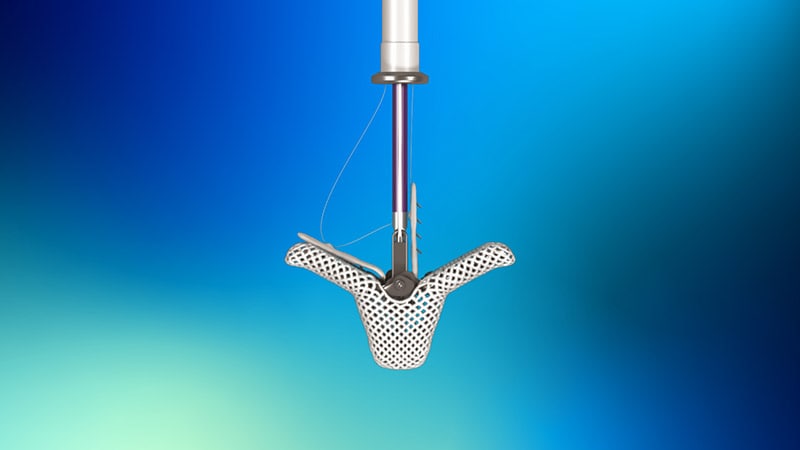FDA Approves Abbott's TriClip System for Treating Severe Tricuspid Regurgitation
The US Food and Drug Administration (FDA) has approved Abbott's TriClip Transcatheter Edge-to-Edge Repair (TEER) system to repair severe tricuspid regurgitation (TR). The approval follows a positive vote by the FDA Circulatory System Devices Panel, which found the benefits of TriClip outweigh the risks.
The approval was based on results from the TRILUMINATE trial, a randomized controlled study conducted at 65 centers in the US, Canada, and North America. The trial enrolled 350 patients with severe TR who were randomly assigned to receive either the TriClip TEER procedure or medical therapy.
Patients who underwent the TriClip procedure experienced a significant reduction in valve dysfunction, which was associated with substantial improvement in quality of life that persisted for up to 1 year. The procedure was also found to be safe, with 98.3% of patients free from major adverse events at 30 days.
The TriClip system leverages the same clip-based technology as Abbott's MitraClip, which has been used in over 200,000 people with mitral regurgitation. However, the TriClip was specifically designed to treat the complex anatomy of the tricuspid valve.
The approval of TriClip represents a significant advancement for patients suffering from tricuspid regurgitation, a condition that negatively impacts quality of life and puts them at risk of serious health issues. The device provides a less invasive treatment option for high-risk patients who may not be suitable candidates for open-heart surgery.
Customize Summary
Rewrite with AI
Generate Citations
Translate Source
To Another Language
Generate MindMap
from source content
Visit Source
www.medscape.com
FDA Clears TriClip for Tricuspid Regurgitation
Key Insights Distilled From
by Megan Brooks at www.medscape.com 04-02-2024
https://www.medscape.com/viewarticle/fda-clears-triclip-tricuspid-regurgitation-2024a100068o
Deeper Inquiries
